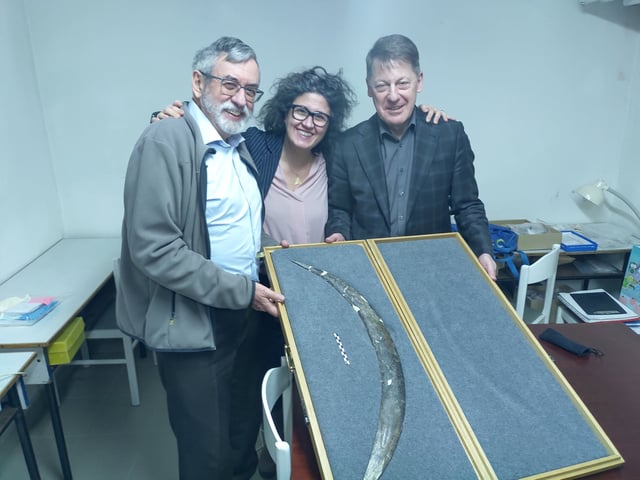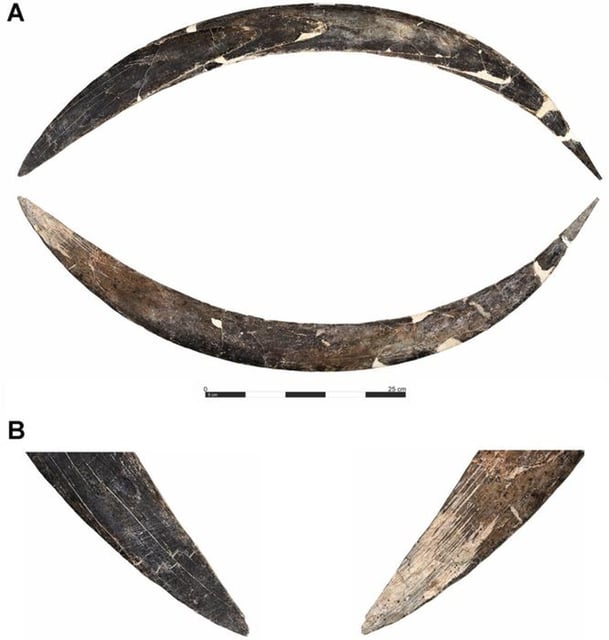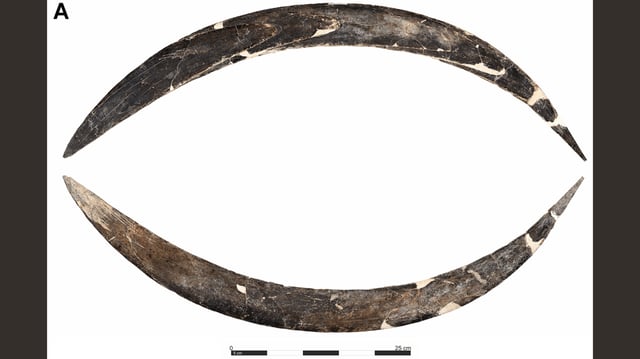Overview
- Radiocarbon dates from 13 animal bones and a human phalanx recalibrated via Bayesian statistical modeling place the Obłazowa boomerang between 42,290 and 39,280 years ago, making it the oldest known example of its kind.
- The curved implement was expertly carved from a mammoth tusk and exhibits aerodynamic features of non-returning Queensland-type boomerangs, suggesting use as a hunting weapon or ceremonial object.
- No ivory fragments were recovered at Obłazowa Cave, implying the artefact was crafted elsewhere and transported over distance, underscoring its special value among Early Aurignacian groups.
- Discovery alongside a human finger bone, imported ornaments and a circle of large stones points to potential ritual or symbolic functions in the Early Upper Paleolithic.
- The revised dating challenges the belief that Aboriginal Australians were the first to develop boomerangs, revealing independent technological innovation among early Homo sapiens in Europe.



